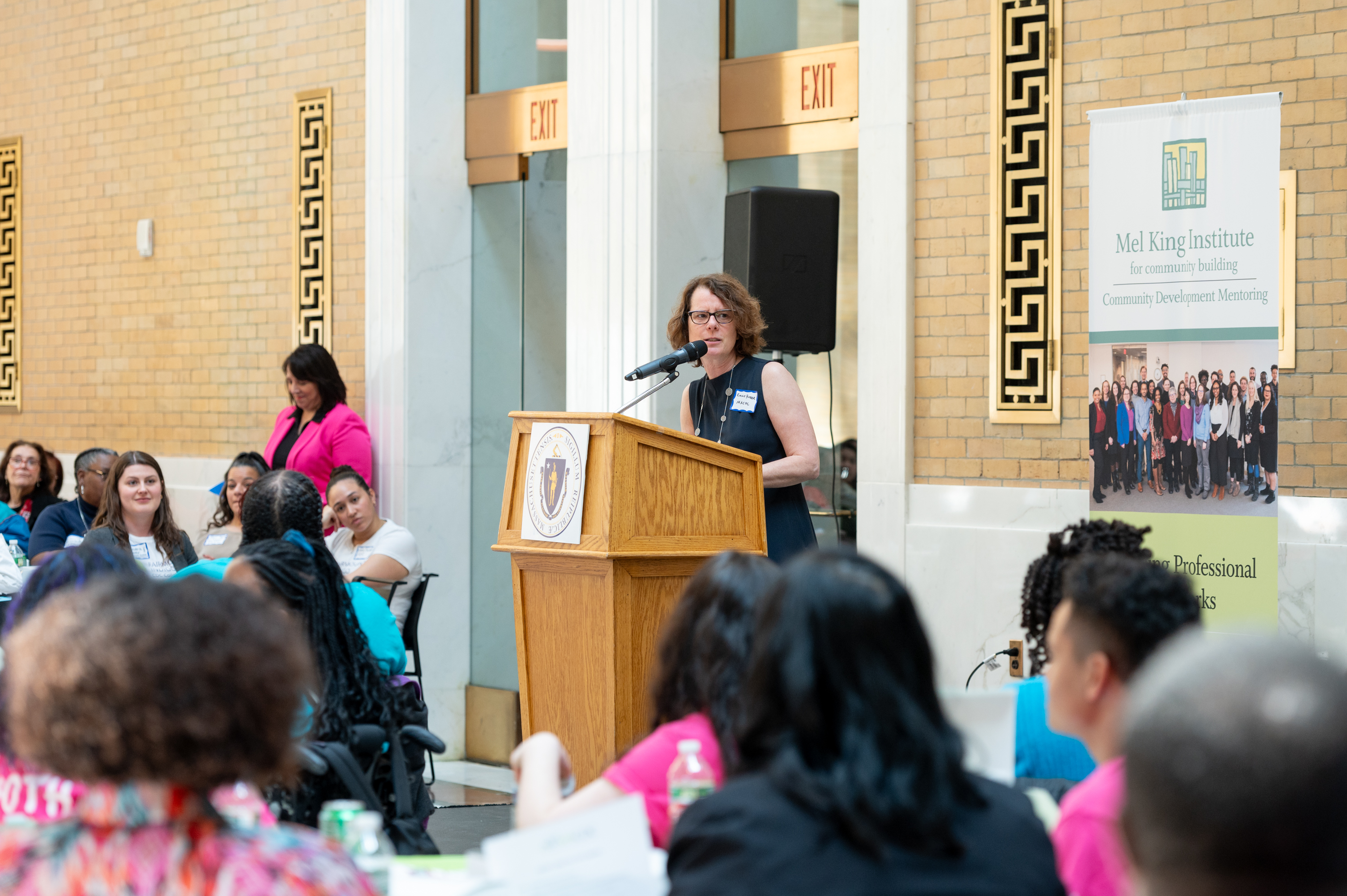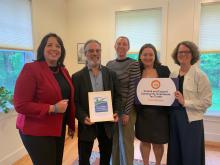The United States has the most expensive healthcare system in the world, and yet in terms of actual health outcomes the United States is ranked near the bottom compared to other developed (OECD) countries. Why is this the case? While there are many problems with our healthcare system, one of the major culprits is lack of spending on social services, according to Elizabeth Bradley and Lauren Taylor authors of The American Healthcare Paradox. On average, other developed countries spend $2 on social services for every $1 spent on healthcare. The United States, by contrast, spends only 55 cents on social services for every $1 spent on healthcare. Additionally, the authors found that increased spending on social services was positively correlated with better health outcomes among all the OECD countries (http://academyhealth.org/files/2013/sunday/bradley.pdf).
Thankfully, both health policymakers and healthcare administrators are beginning to embrace that health is ensured not by only pills and procedures but also by access to safe and stable housing, living wage employment opportunities, financial stability and safe neighborhoods. They are beginning to find ways to redirect their resources in order to address the structural inequities of communities that lead to poor health. Here are three examples:
1.Community Benefits Plans- The Affordable Care Act now requires all non-profit hospitals to conduct community health needs assessments and come up with community health improvement plans to address health needs in surrounding communities. Some hospitals are using those plans creatively to meet community needs. For instance, Dignity health a network of nonprofit hospitals serving California, Arizona and Nevada has created a $100 million loan fund to develop affordable housing, provide job training, assist neighborhood revitalization and build wealth in neighboring communities. However, there are no strict guidelines for the kinds of activities that can be funded by these community benefits plans, and therefore there is wide variation among hospitals.
All Massachusetts nonprofit hospitals publicize their community benefits plans in the Annual Reports section of the Massachusetts attorney general’s website. Community organizations can explore these reports to see what their local hospitals are currently doing and use them to advocate for more creative and impactful programs.
2.Anchor Institution Models- Some hospitals and healthcare systems are realizing that as nonprofit institutions whose missions are to improve health and wellbeing, they have to go above and beyond the IRS community benefits mandate to adequately address the root cause of poor health in their local communities. Kaiser Permanente, the nation’s largest nonprofit integrated health system with operating revenues over $56 billion dollars, is using a concept called “total health” to guide all its non-clinical practices towards promoting health broadly including physical, mental and spiritual well-being, that account for “resilience” factors not traditionally considered by medicine such as people having a sense of purpose, belonging and self-efficacy. They are intentionally hiring from low income census tracks in their service area, sourcing their food from local farmers, purchasing supplies from woman and minority owned businesses and are also using their investment capital to invest in local housing and economic development. As a leading healthcare system, Kaiser is setting an example for the whole country for how nonprofit hospitals can most effectively and holistically deliver on their mission to promote health and save lives.
3.Accountable Care Organizations- As a part of Medicaid reforms, some states are authorizing Accountable Care Organizations (ACOs) as new Medicaid delivery systems. ACOs are integrated health delivery organizations that receive a standard payment per member, and then use the combined funding to both pay for healthcare services and coordinate the prevention services for the members. ACOs can keep a share of any money saved, so they are incentivized to invest in creative solutions that improve health and reduce costly treatments. In Hennepin County, Minnesota, the Hennepin Health ACO found that 30% to 50% of its members were unstably housed or homeless, leading to serious health problems. The ACO worked with local supportive housing providers to pay for room and board in supportive housing units for some of their members. Using savings from the ACO as a result of this program, Hennepin Health was able to invest in social service navigators who help members with housing and other needs.
Five Pioneer Accountable Care Organizations were set up in Massachusetts in 2012-13, and four of five were able to use the model to cut spending. Learn more about states that have supported social services through their ACOs in this report.
4. Determination of Need Community Health Initiative- Here in Massachusetts, any hospital expanding their services, undergoing extensive capital expenditure or starting a large solicitation process must undergo a Determination of Need process (DoN) process through the state in order to prevent excessive spending on healthcare. Approved projects must allocate at least 5% of the funds to “provision of primary and preventive health care services necessary for underserved populations in the project’s service area” through the Community Health Initiative. As a part of their CHI, Brigham and Women’s hospital (BWH) has released an RFP for 10 Health Equity grants of $20,000 to $100,000 to promote community psychological health and wellbeing, strengthening employment and job skills opportunity as well as addressing health inequity issues with a racial equity lens. Through these grants, BWH is setting an innovative standard for how hospitals can use community health funds from a DoN process.
All of these hospital and healthcare organizations rely heavily on partnerships with community organizations to identify needs and support investments in the housing, workforce development, local businesses and local neighborhoods. Community organizations in Massachusetts have the opportunity to identify and reach out to the community engagement coordinator at their local hospital to find out how they can better partner to improve health and wellbeing in communities.









